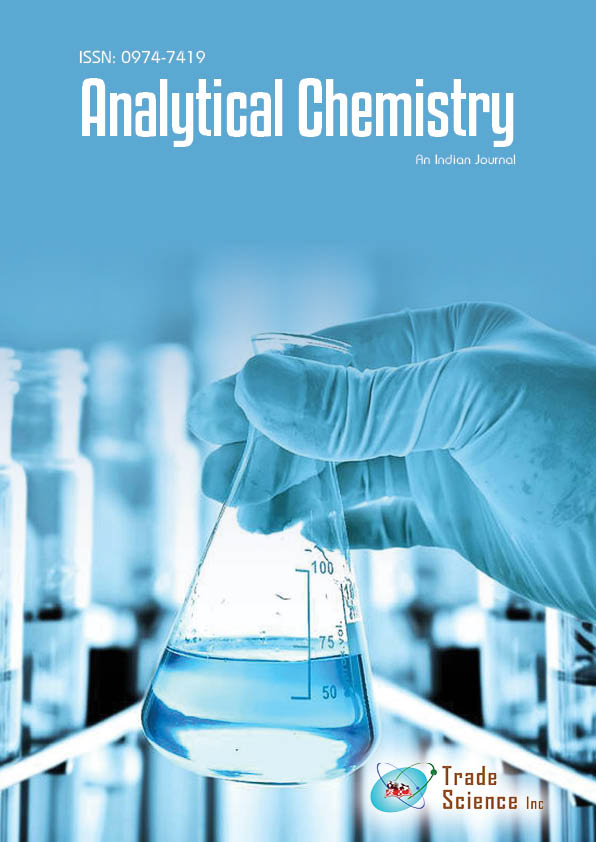抽象的
Mars-phobos: A Mars mission architecture with Mars-Moon synergy
John Brandenburg
A cost effective and sustainable human mission to Mars should take maximum advantage of the Mars system resources, as well as previous efforts at the Moon in terms of habitats, heavy lift boosters and vehicles. However, to make such an effort sustainable over many Presidential administrations, an early human foothold should be established on Phobos, Mars innermost moon, and the Mars surface mission should be staged from there. Due to controversial aspects of nuclear propulsion, an early Mars mission should not make use of nuclear propulsion. It is initially proposed in this architecture that high power Solar Electric propulsion based around the MET (Microwave Electro-Thermal) thruster with water propellant used as an upper stage for a heavy lift chemical booster, will allow a 30 Metric Ton basic payload package to be sent to Phobos to establish a base there. Moreover, a Mars surface base can be constructed tele-robotically and utilize ISRU on Mars for production of RP1 and LOX to achieve Mars ascent and Mars Orbit Rendezvous with a return stage or with Phobos. Two full tests of ISRU and Mars ascent are assumed for man-rating of the system and to preposition water and RP1 Crew rotation occurs synoptically.
